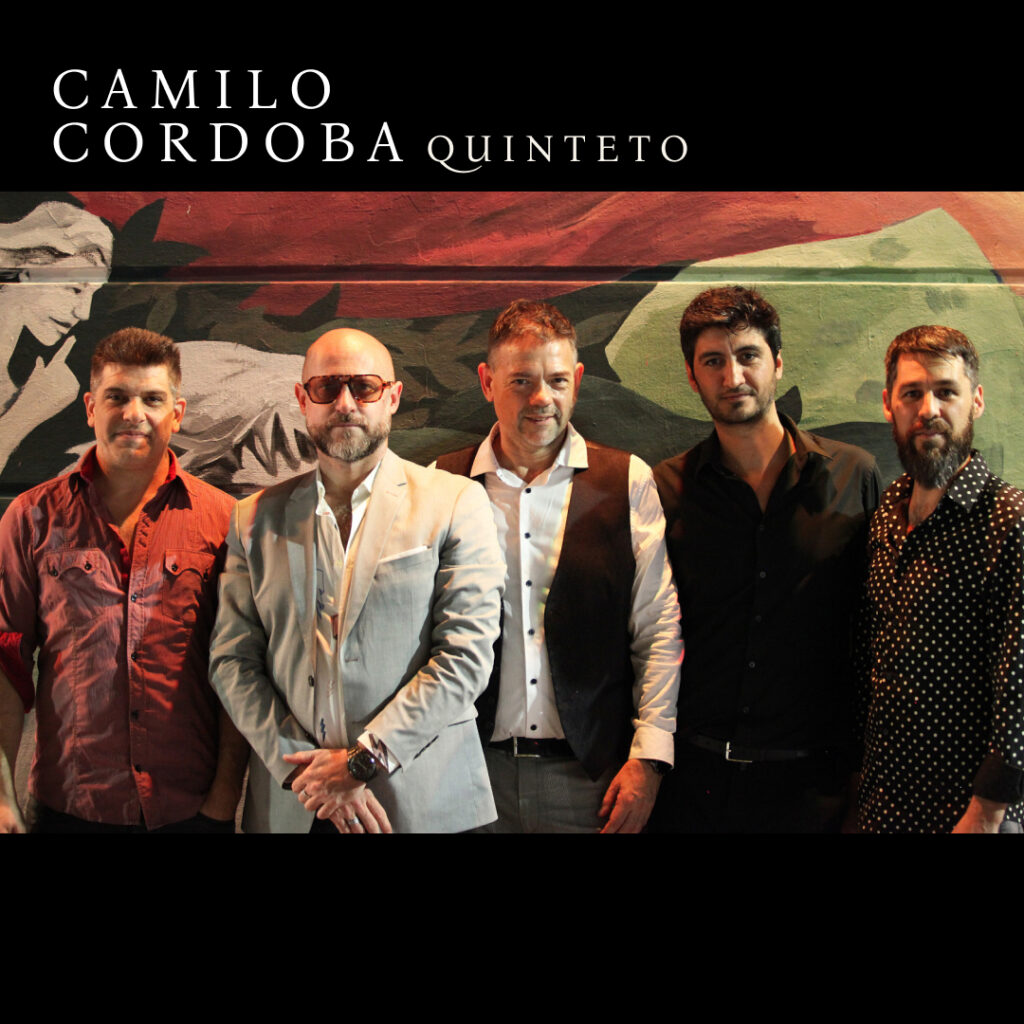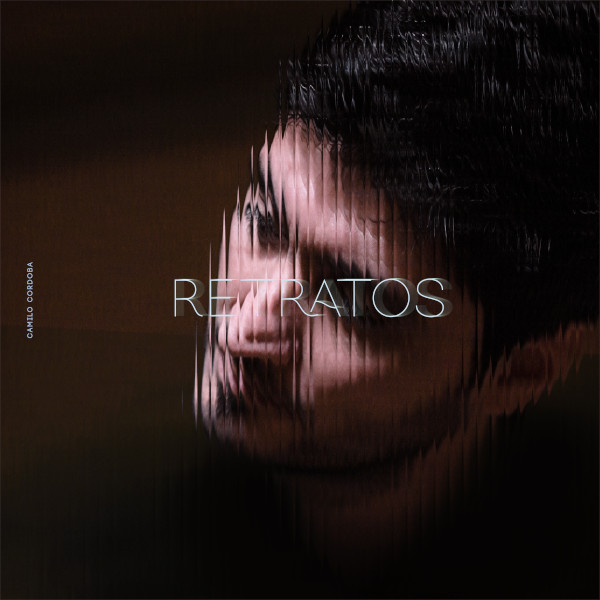Presentation

The Argentine musician and guitarist, Camilo Córdoba, in collaboration with outstanding figures of Argentine tango, presents his new project: Camilo Córdoba Quinteto. This new ensemble, meticulously created with some of the best talents in tango, represents a unique fusion of tradition and avant-garde in the contemporary music scene.
Cordoba introduces a new group with which he promises to take the audience on a unique musical journey, exploring the boundaries of tango and merging them with elements of other Latin American musical styles, jazz, and more.
CAMILO CORDOBA QUINTET will debut their new album “Retratos”, released in July 2024. With their own arrangements of classic works by Pugliese, Rovira, Piazzolla, and others, this new repertoire seeks to reinterpret tango music with a contemporary perspective, highlighting the evolution of the genre over time.
Daniel Ruggiero – bandoneon | Fulvio Giraudo – piano | Cristian Basto – double bass | Humberto Ridolfi – violin | Camilo Córdoba – guitar
PRESS ARTICLES 2024
MIRÁ BA magazine
EL LITORAL newspaper
TRIBUNA newspaper
CONEXIÓN DE TANGO radio la 2×4
AM 1110 radio – Disfrutemos B.A
NEW ALBUM “RETRATOS”
The repertoire of this new album ‘Retratos’ features Camilo Córdoba’s own arrangements of works by Pugliese, Rovira, Piazzolla, among others. This new repertoire reinterprets the music from the period when the first significant changes in tango occurred, namely, the late 1940s and early 1950s.
In this music, the guitar is once again recognized as an essential instrument for tango ensembles, a role that had been relegated in such instrumental formations since the 1920s, and it draws a line to the current and contemporary repertoire.
This repertoire highlights the evolution of the genre and combines the musical influence of the 1950s with today’s tango.
